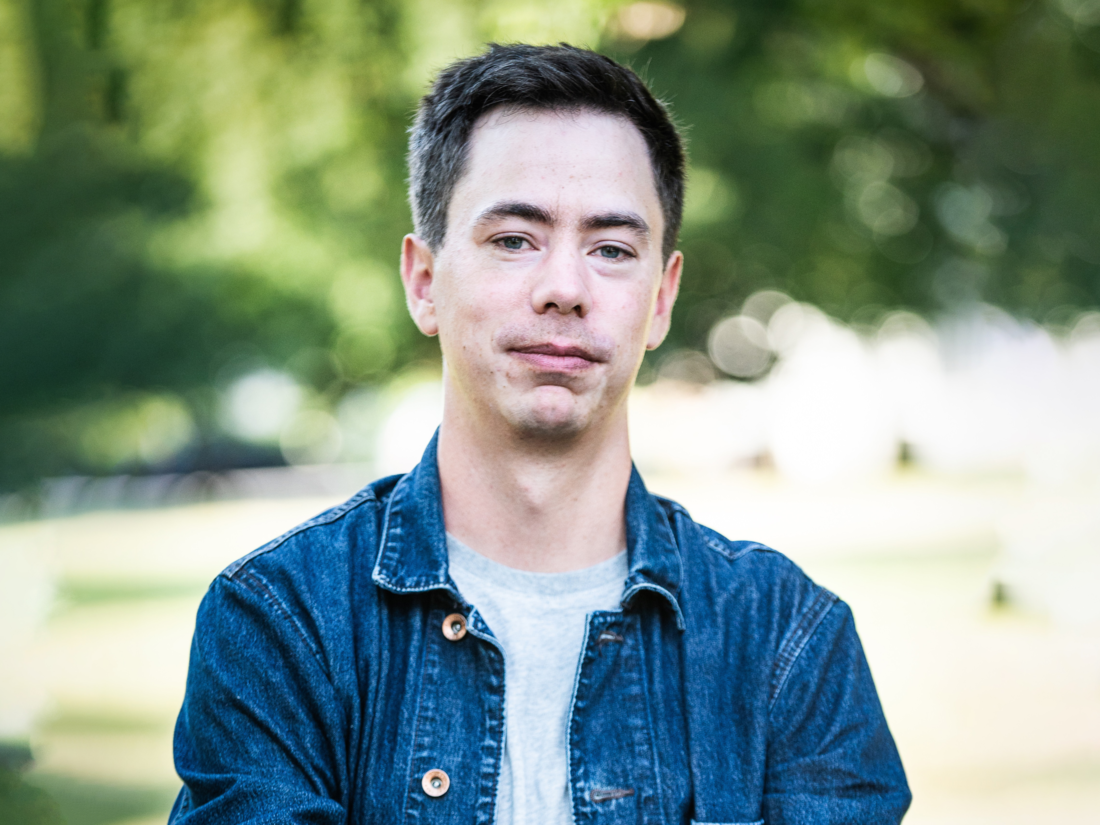
Listen on Spotify or Apple Podcasts.
This spring, a wave of AI-generated imagery in the style of Japanese animation house Studio Ghibli flooded social media. The trend renewed debate about how AI affects the way we make and experience art. On this episode of The Artsy Podcast, we tackle some of those questions with New Yorker staff writer Kyle Chayka, whose book Filterworld explores the impact of online algorithms on popular culture. We discuss the homogenizing effects of social media, the evolving role of curators, and the importance of cultivating personal taste at a time when culture is mediated by machines.
Plus, Artsy editors Casey Lesser and Arun Kakar share insights on the Chinese art market from Arun’s recent visit to Beijing and preview their upcoming trip to Art Basel. Listen now, and read an edited excerpt of the conversation with Chayka below.
This episode was produced by Olivia Horn and edited by Grant Irving.
Arun Kakar: Your book Filterworld is broadly about how algorithms shape our experiences of culture and ultimately are leading to a more homogenized world. An example that we often hear and you use in the book is streaming services and how they use algorithms to push certain types of content, whether music or TV, to users. When it comes to experiences of art, what are some of the main ways that you think the algorithmic experience that you talk about in Filterworld applies to how we experience art today?
Kyle Chayka: I think social media really changed all areas of culture, but you could really see it in the art world, particularly through the 2010s as we lived through the rise of Twitter and Instagram, and then TikTok and video platforms. There was this moment where people started buying from JPEGs. Photos had gotten so good, phones had gotten so good, that the dealer could send the PDF catalog of the show to collectors and they could just open it up and pick a painting and that would be the end of the deal.
And I remember the shift from the expectation that you would see something in person to the expectation that you would probably not see something in person, that you would just experience it online. And that was even before Instagram. So, I think social media accelerated that and made the consumption of art happen online, whether it was digital-native art or a painting. Suddenly, a painting was also digital content. And it forced everyone, but particularly artists, to think about how they were presenting their work online and how it was commodified into digital space. That’s a total sea change.
Algorithms are recommendation systems, and it’s what’s behind your Instagram Discover page or even what posts you see on Instagram, and that shapes what kinds of art you see. I follow a lot of artists, a lot of designers, a lot of architects, and I feel like Instagram shows me a very thin slice of what they’re producing, and it tends to be this homogenized style that Instagram knows will appeal to me. And right now at least, that’s like—I often think of it as postcolonial mid-century modern, where it’s a beautiful mid-century building, but it’s in Mexico City.
A.K.: Do you think there’s a broader generic style, like the sort of art that you see “winning” the algorithm?
K.C.: Not that many years ago, maybe even six to eight years ago, I think it was a lot about the art object online. So you want the painting that shows well on Instagram. You want the sculpture that photographs well, things like that. And I think that created a certain style and presentation of work that was all about color and form and bright, graphic stuff.
And that preceded this whole figurative turn in painting, because a human figure is legible. An abstract painting can look good on Instagram, but it’s easier to scroll past when there’s not a human face in it. And the algorithm itself tends to prioritize faces, and bodies, and selfies. Formally, like in its visual qualities, a lot of art has reoriented around that as a way of adapting to algorithmic feeds.
About our guest
Kyle Chayka is a staff writer at The New Yorker, where he writes a column about the intersection of digital technology and popular culture. He is the author of Filterworld: How Algorithms Flattened Culture.
About The Artsy Podcast
As editors at the world’s largest online art marketplace, we discover and decode art every day. Now, we’re inviting you to join our conversation. Alongside the leading voices in fashion, music, design, and beyond, we’re untangling the art world and its role in our cultural landscape—one episode at a time.
+ There are no comments
Add yours